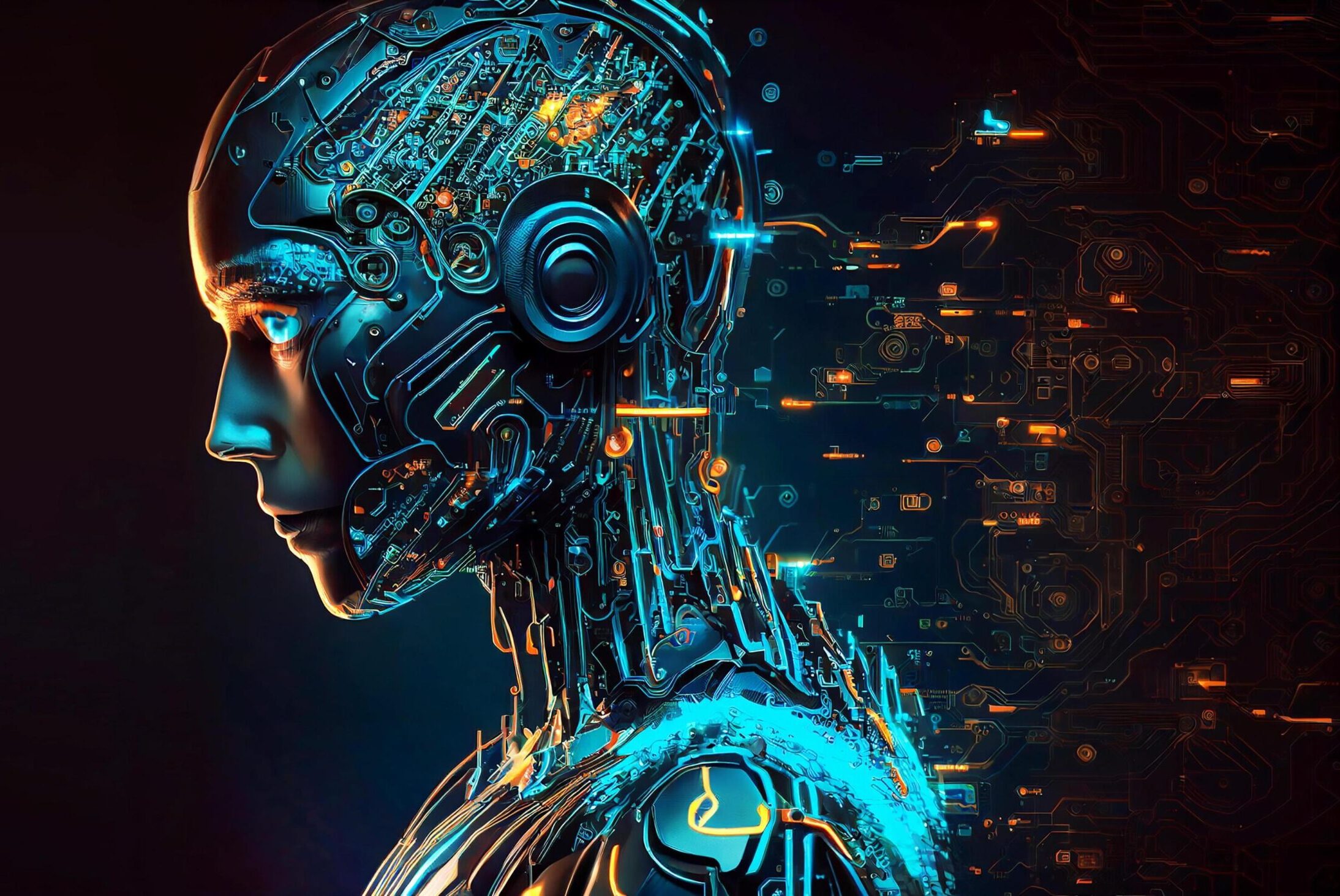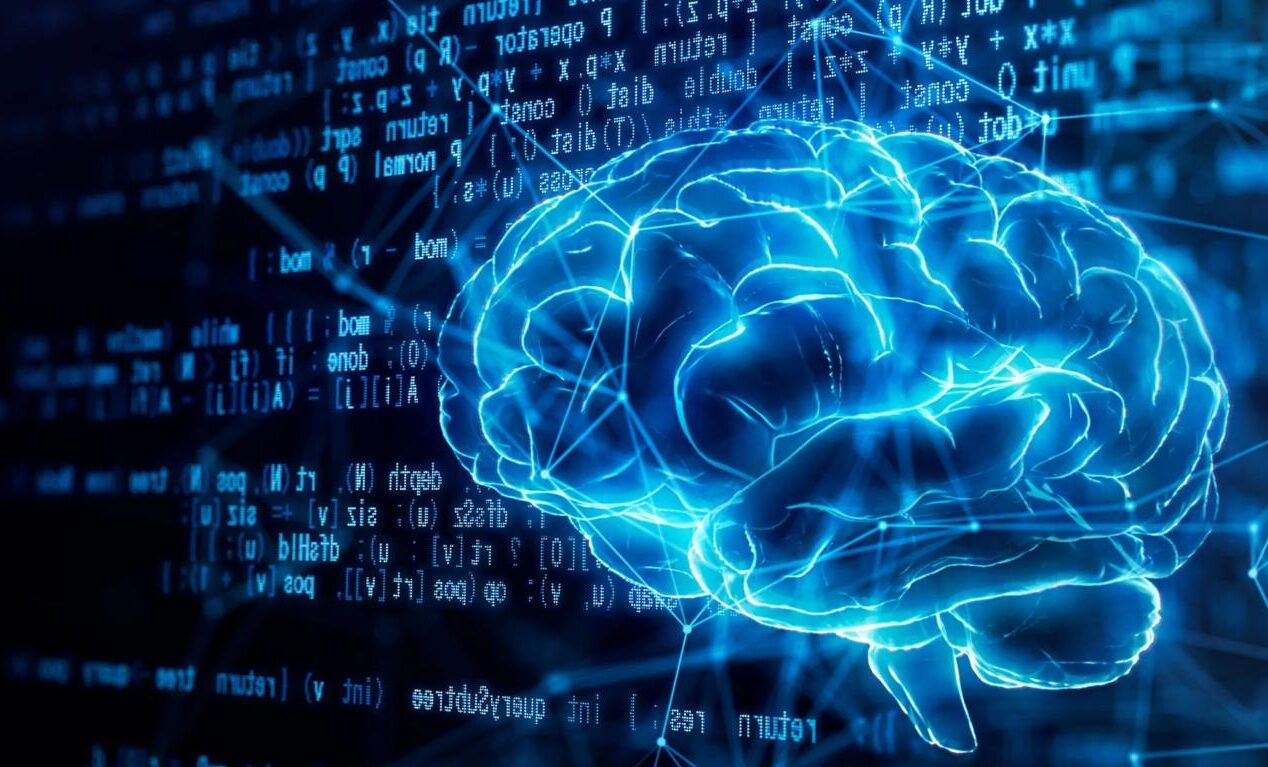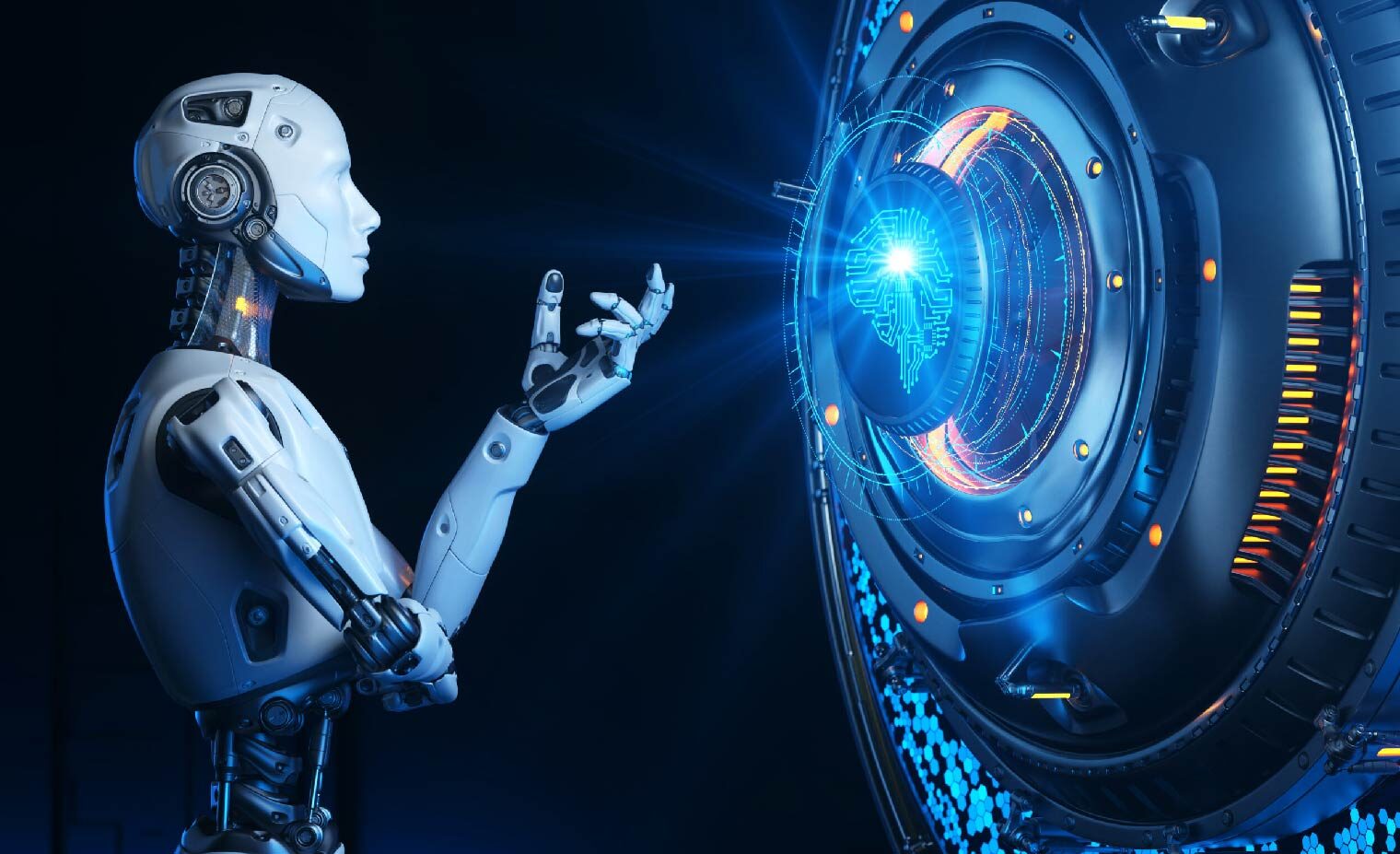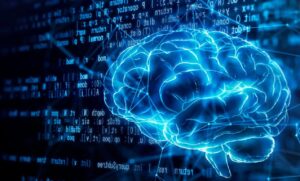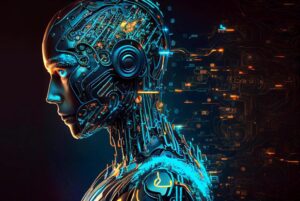The Age of Intelligence: Understanding AI and Technology in the Modern World (Part 1)
The advent of artificial intelligence (AI) has marked a pivotal moment in human history, one that beckons both excitement and trepidation. As we stand on the cusp of a new era, it is essential to comprehend the intricate relationship between AI and technology and how they intertwine to shape our present and future. This book seeks to unravel the complexities of AI, exploring its evolution, the technologies driving it, and its profound implications for society.
From the early days of rudimentary computing to the sophisticated algorithms that now power our digital interactions, AI has transformed the landscape of technology. It has seeped into every facet of our lives, altering how we communicate, work, and understand the world around us. The potential for AI to enhance our capabilities is staggering, yet it raises critical questions about ethics, employment, and societal norms.
This book is structured to guide readers through the multifaceted world of AI and technology. Each chapter will delve into specific aspects of AI, presenting a blend of historical context, current developments, and future implications. By the end of this journey, readers will not only gain a deeper appreciation for AI but also be equipped to engage with the challenges and opportunities it presents.
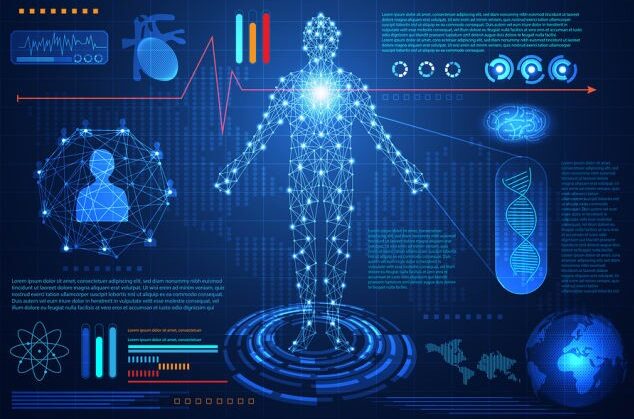
The Evolution of Artificial Intelligence
The concept of artificial intelligence is not a recent invention; its roots can be traced back to ancient history. Philosophers and mathematicians have long pondered the nature of intelligence and the possibility of creating machines that could replicate human thought. The term “artificial intelligence” was first coined in 1956 during a conference at Dartmouth College, where pioneers such as John McCarthy, Marvin Minsky, Nathaniel Rochester, and Claude Shannon gathered to explore the potential of machines to simulate human intelligence.
The Early Days of AI
In the decades following the Dartmouth Conference, the field of AI experienced its first wave of excitement and innovation. Researchers developed algorithms that could perform specific tasks, such as playing chess or solving mathematical problems. The Logic Theorist, created by Allen Newell and Herbert A. Simon in 1955, is often considered one of the first AI programs, capable of proving mathematical theorems. This early success led to increased funding and interest in AI research.
However, by the 1970s, the limitations of early AI became apparent. The programs were rigid and could not adapt to new information or learn from experience. This period, known as the “AI Winter,” saw a significant decline in funding and enthusiasm for AI research. Critics argued that the ambitious goals set by AI pioneers were unrealistic given the technological constraints of the time.
The Resurgence of AI
The resurgence of AI began in the late 1990s and early 2000s, fueled by advancements in computing power, the availability of large datasets, and breakthroughs in machine learning. The introduction of algorithms such as decision trees and neural networks allowed machines to learn from data rather than being explicitly programmed for every task. In 1997, IBM’s Deep Blue famously defeated world chess champion Garry Kasparov, a landmark event that reignited public interest in AI.
As technology evolved, so did the applications of AI. The emergence of the internet and the explosion of data created fertile ground for AI to flourish. Companies began to leverage AI for various applications, from customer service chatbots to recommendation systems that analyze user behavior.
Deep Learning and the Modern AI Era
The 2010s marked the beginning of the “deep learning” revolution, a subset of machine learning that utilizes artificial neural networks to process vast amounts of data. Deep learning models have achieved remarkable successes in image recognition, natural language processing, and game playing. For instance, in 2016, Google’s AlphaGo defeated the reigning world champion Go player, a feat that was previously thought to be years away.
This modern era of AI has been characterized by not only technological advancements but also a growing awareness of the ethical implications associated with AI development. As AI systems become more integrated into our daily lives, questions about transparency, accountability, and bias have emerged. The challenge now lies in balancing innovation with ethical considerations.
The Ongoing Journey of AI
As we move forward, the evolution of AI continues to unfold. With emerging technologies such as quantum computing on the horizon, the potential for AI to revolutionize industries is limitless. However, the journey is fraught with challenges, including addressing societal concerns about privacy, job displacement, and the ethical use of AI.
In conclusion, the evolution of artificial intelligence is a testament to human ingenuity and the relentless pursuit of knowledge. From its humble beginnings to the sophisticated systems we see today, AI has the potential to reshape our world in profound ways. Understanding this evolution is crucial for navigating the complexities of the current technological landscape and preparing for the future.

Historical Milestones in AI Development
To fully appreciate the evolution of AI, it is essential to highlight key milestones that have defined its trajectory. These milestones not only represent technological advancements but also reflect the changing perceptions and aspirations surrounding AI.
- 1943: McCulloch and Pitts Model
Warren McCulloch and Walter Pitts proposed a model of artificial neurons that laid the groundwork for neural networks. Their work introduced the concept of binary neurons that could simulate logical operations, serving as a precursor to later developments in artificial intelligence. - 1956: Dartmouth Conference
The aforementioned Dartmouth Conference marked the formal birth of AI as a field of study. The attendees articulated ambitious goals, believing that “every aspect of learning or any other feature of intelligence can in principle be so precisely described that a machine can be made to simulate it.” - 1965: ELIZA
Joseph Weizenbaum developed ELIZA, an early natural language processing program that could engage in simple conversations with users. ELIZA’s ability to mimic human conversation sparked debates about the nature of intelligence and the potential for machines to understand human language. - 1980s: Expert Systems
The 1980s saw the rise of expert systems, AI programs designed to mimic human experts in specific fields. Systems like MYCIN and DENDRAL demonstrated the potential of AI in domains such as medicine and chemistry, providing valuable insights and recommendations based on data and rules. - 1997: Deep Blue vs. Garry Kasparov
IBM’s Deep Blue defeated world chess champion Garry Kasparov in a six-game match, showcasing the capabilities of AI in strategic thinking and problem-solving. This victory marked a significant milestone in public perception, illustrating AI’s potential to surpass human intelligence in certain domains. - 2012: Breakthrough in Image Recognition
A pivotal moment in deep learning occurred when a convolutional neural network (CNN) developed by Geoffrey Hinton and his team dramatically improved image recognition accuracy in the ImageNet competition. This breakthrough led to widespread adoption of deep learning techniques across various industries. - 2016: AlphaGo’s Victory
Google DeepMind’s AlphaGo defeated Go champion Lee Sedol, demonstrating the power of deep reinforcement learning. The complexity of Go, with its vast number of possible moves, had long been considered a challenge for AI, making this victory a landmark achievement. - 2020s: AI in the Mainstream
As AI technology continues to evolve, it has become an integral part of everyday life. From voice-activated assistants like Siri and Alexa to self-driving cars and recommendation algorithms on streaming platforms, AI is increasingly woven into the fabric of our daily routines.
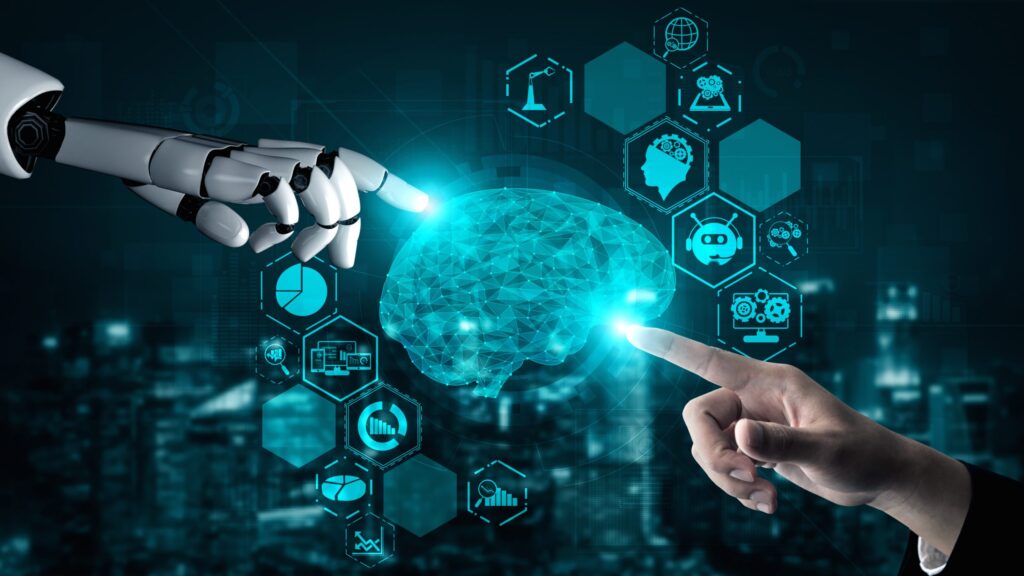
Key Concepts in AI Development
Understanding the evolution of AI also involves grasping key concepts that underpin its development:
- Machine Learning (ML):
A subset of AI, machine learning involves algorithms that enable systems to learn from data and improve performance over time. ML has been instrumental in creating models that can recognize patterns, classify data, and make predictions. - Deep Learning:
A specialized form of machine learning that utilizes neural networks with multiple layers to analyze complex data structures. Deep learning has revolutionized fields such as computer vision and natural language processing, enabling machines to process vast amounts of unstructured data. - Natural Language Processing (NLP):
NLP focuses on the interaction between computers and human language, allowing machines to understand, interpret, and generate human language. Applications of NLP range from chatbots and virtual assistants to sentiment analysis and language translation. - Reinforcement Learning:
A learning paradigm where an agent learns to make decisions by interacting with an environment and receiving feedback in the form of rewards or penalties. Reinforcement learning has been particularly effective in training AI systems for complex tasks, such as playing games and robotic control.
The Global Landscape of AI Research and Development
As AI technology advances, countries around the globe are investing heavily in research and development. Governments and organizations are recognizing the strategic importance of AI for economic growth, national security, and global competitiveness. Countries such as the United States, China, and members of the European Union have established initiatives and funding programs to advance AI research.
- United States:
The U.S. has long been a leader in AI research, with institutions such as Stanford University, MIT, and Carnegie Mellon University producing groundbreaking work. The government has also launched initiatives to promote AI innovation across various sectors, including healthcare, transportation, and defense. - China:
In recent years, China has emerged as a formidable player in the global AI landscape, with ambitious plans to become a world leader in AI by 2030. The Chinese government has invested heavily in AI startups, research institutions, and talent development, fostering a vibrant ecosystem for AI innovation. - European Union:
The EU has taken a proactive approach to AI governance, emphasizing ethical considerations and regulatory frameworks. Initiatives such as the European AI Strategy aim to promote AI development while addressing concerns about privacy, bias, and accountability.
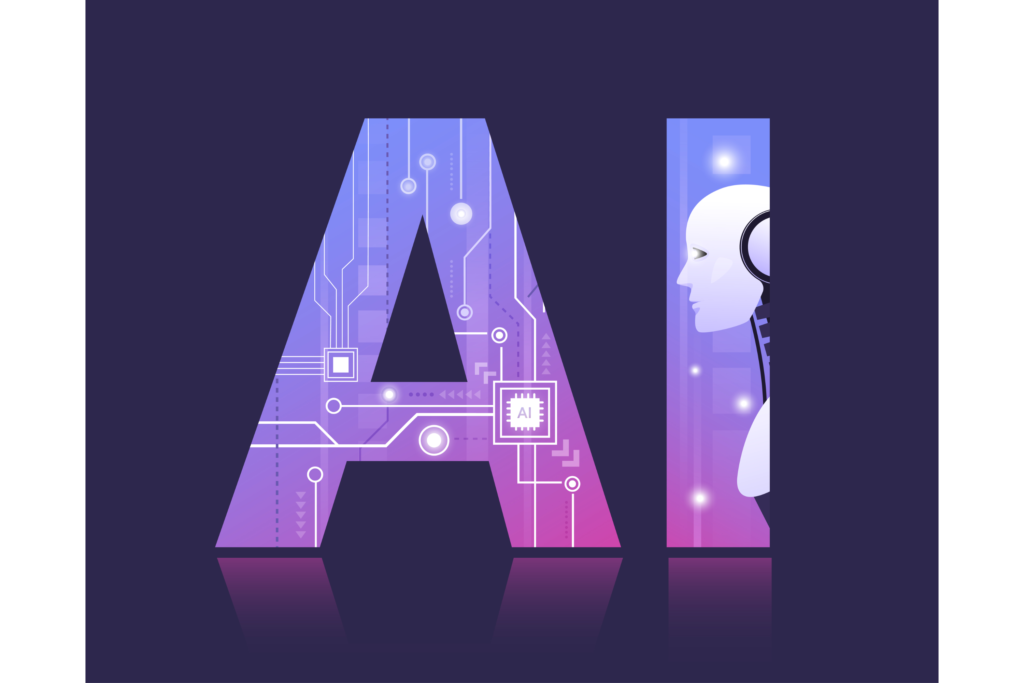
The Ongoing Evolution of AI
The evolution of artificial intelligence is a story of human ambition, creativity, and resilience. From its early conceptualization to its current status as a transformative force across industries, AI continues to evolve rapidly. As we look to the future, it is essential to remain vigilant and engaged with the ethical implications of AI technology.
The journey of AI is far from over; it is an ongoing exploration of what it means to create machines that can think, learn, and adapt. With each advancement, we stand at the threshold of new possibilities, eager to harness the power of intelligence—both artificial and human.
In the next chapter, we will explore the technologies driving AI, delving into the foundational components that enable machines to learn and perform tasks that were once thought to be uniquely human.
The Technologies Driving AI
The modern landscape of artificial intelligence is characterized by a myriad of technologies that work in concert to enable machines to simulate human-like intelligence. Understanding these core technologies is essential for grasping how AI functions and the potential it holds for various applications. This chapter will explore the foundational elements that underpin AI, including machine learning, deep learning, natural language processing, computer vision, and robotics. We will also examine how these technologies interact and contribute to the broader AI ecosystem.
Machine Learning: The Backbone of AI
At the heart of AI lies machine learning (ML), a subfield of artificial intelligence that focuses on creating algorithms that allow computers to learn from data. Unlike traditional programming, where explicit instructions are given to perform tasks, machine learning algorithms identify patterns and make decisions based on input data. This capability enables machines to improve their performance over time without human intervention.
- Types of Machine Learning
Machine learning can be broadly categorized into three types:- Supervised Learning: In supervised learning, algorithms are trained on labeled datasets, meaning that the input data is paired with the correct output. The goal is to learn a mapping from inputs to outputs so that when new, unseen data is presented, the algorithm can make accurate predictions. Common applications include spam detection in emails and image classification.
- Unsupervised Learning: Unlike supervised learning, unsupervised learning algorithms work with unlabeled data. The objective is to find hidden patterns or groupings within the data. Techniques such as clustering and dimensionality reduction are commonly employed in unsupervised learning. For example, customer segmentation in marketing often relies on unsupervised learning to identify distinct groups of consumers based on purchasing behavior.
- Reinforcement Learning: This type of learning is inspired by behavioral psychology and involves training agents to make decisions by interacting with their environment. Agents receive rewards or penalties based on their actions, enabling them to learn optimal strategies over time. Reinforcement learning has gained prominence in areas such as game playing, robotics, and autonomous vehicles.
- The Learning Process
The machine learning process typically involves several stages:
- Data Collection: Gathering relevant data is the first step in training a machine learning model. The quality and quantity of data directly impact the model’s performance.
- Data Preprocessing: Raw data often requires cleaning and preprocessing to remove noise and inconsistencies. This stage may involve normalization, handling missing values, and feature extraction.
- Model Training: During this phase, the selected algorithm is trained on the processed data. The algorithm adjusts its parameters to minimize the difference between predicted and actual outcomes.
- Model Evaluation: Once trained, the model is evaluated using a separate validation dataset to assess its performance. Metrics such as accuracy, precision, recall, and F1 score are commonly used.
- Model Deployment: After successful evaluation, the model is deployed for practical use, where it can make predictions on new data.
Deep Learning: The Neural Network Revolution
Deep learning is a specialized subset of machine learning that employs artificial neural networks to model complex relationships within data. Neural networks are inspired by the human brain’s structure, consisting of interconnected nodes (neurons) that process information in a hierarchical manner. This architecture enables deep learning models to learn intricate patterns and representations from raw data.
- Understanding Neural Networks
A typical neural network consists of three types of layers:- Input Layer: This layer receives the raw input data, such as images or text.
- Hidden Layers: One or more hidden layers process the input data, with each layer extracting increasingly abstract features. The depth of the network (i.e., the number of hidden layers) is what distinguishes deep learning from traditional machine learning.
- Output Layer: This layer produces the final output, such as class labels for classification tasks or continuous values for regression tasks.
- Breakthroughs in Deep Learning
Deep learning has achieved remarkable success in various domains, including:
- Computer Vision: Convolutional neural networks (CNNs) have revolutionized image recognition tasks. They excel at detecting objects, facial recognition, and medical image analysis. A notable example is the use of deep learning in diagnosing diseases through radiology images.
- Natural Language Processing: Recurrent neural networks (RNNs) and transformers have transformed language understanding and generation. Applications range from language translation to sentiment analysis and chatbots. Noteworthy models like OpenAI’s GPT-3 have demonstrated the ability to generate coherent and contextually relevant text.
- Audio Processing: Deep learning has also made strides in audio analysis, enabling applications such as speech recognition and music generation. Models can now transcribe spoken language with remarkable accuracy.

Natural Language Processing: Bridging Human and Machine Communication
Natural Language Processing (NLP) is the field of AI that focuses on enabling machines to understand, interpret, and generate human language. NLP combines linguistics, computer science, and machine learning to facilitate interaction between humans and machines.
- Core Tasks in NLP
NLP encompasses a variety of tasks, including:- Tokenization: Breaking down text into smaller units, such as words or sentences, to facilitate analysis.
- Part-of-Speech Tagging: Identifying the grammatical categories of words (e.g., nouns, verbs, adjectives) to understand their roles in sentences.
- Named Entity Recognition (NER): Identifying and categorizing entities in text, such as names of people, organizations, and locations.
- Sentiment Analysis: Determining the sentiment expressed in a piece of text, which can be useful for understanding customer opinions and social media trends.
- Machine Translation: Translating text from one language to another, leveraging deep learning models to improve accuracy and fluency.
- Challenges in NLP
Despite significant advancements, NLP still faces challenges, including ambiguity, context, and cultural nuances. Natural language is inherently complex and can vary widely based on dialects and idioms. Ongoing research aims to improve the robustness of NLP models to handle these intricacies.
Computer Vision: Enabling Machines to “See”
Computer vision is a field of AI focused on enabling machines to interpret and understand visual information from the world. Through the use of deep learning techniques, computer vision has made significant strides in tasks such as image classification, object detection, and image segmentation.
- Key Applications of Computer Vision
Computer vision is utilized in various industries and applications, including:- Healthcare: AI-powered image analysis tools assist radiologists in diagnosing conditions from medical imaging, such as X-rays, MRIs, and CT scans.
- Autonomous Vehicles: Computer vision plays a critical role in enabling self-driving cars to navigate and understand their surroundings. Object detection algorithms identify pedestrians, vehicles, and road signs.
- Retail and Security: Retailers use computer vision for inventory management and customer behavior analysis. Security systems employ facial recognition technology for surveillance and access control.
Robotics: Merging AI with Physical Action
Robotics combines AI with engineering to create machines capable of performing tasks in the physical world. The integration of AI in robotics allows for enhanced automation, adaptability, and decision-making in complex environments.
- Robotic Process Automation (RPA):
RPA involves automating repetitive tasks using software robots. This technology is widely applied in business processes, such as data entry, invoicing, and transaction processing, improving efficiency and reducing human error. - Autonomous Robots:
Robotics has advanced to the point where robots can operate autonomously in environments ranging from factories to homes. Examples include robotic vacuum cleaners, drones, and industrial robots that perform assembly tasks.
The Interconnected AI Ecosystem
The technologies driving AI do not operate in isolation; they are interconnected and often work together to create sophisticated AI systems. For instance, a self-driving car utilizes machine learning for perception (detecting obstacles), computer vision for interpreting visual data (recognizing traffic signs), and reinforcement learning for decision-making (navigating traffic).
As AI technologies continue to evolve, the convergence of these fields will lead to even more revolutionary advancements. The integration of AI with other emerging technologies, such as the Internet of Things (IoT), quantum computing, and blockchain, will further enhance the capabilities of intelligent systems.
The Future of AI Technologies
The technologies driving AI represent a dynamic and rapidly evolving landscape that holds immense potential for transforming industries and society at large. As we harness the power of machine learning, deep learning, natural language processing, computer vision, and robotics, the possibilities for innovation are boundless.
In the next chapter, we will explore how AI is integrated into our everyday lives, examining its impact on communication, transportation, entertainment, and more. Understanding these applications will provide insight into how AI is reshaping the fabric of modern society.

AI in Everyday Life
Artificial Intelligence has seamlessly woven itself into the fabric of our daily lives, often in ways that go unnoticed. From the moment we wake up to the time we go to bed, AI technologies are at work, enhancing our experiences, streamlining our tasks, and even influencing our decisions. This chapter will explore the various applications of AI in everyday life, examining its roles in communication, transportation, entertainment, healthcare, and personal assistance.
AI in Communication
In an increasingly connected world, AI has revolutionized how we communicate, breaking down barriers and enhancing interactions. Several key applications illustrate AI’s impact on communication:
- Virtual Assistants:
Voice-activated assistants, such as Amazon’s Alexa, Apple’s Siri, and Google Assistant, have transformed the way we interact with technology. These AI-driven tools can perform various tasks, from setting reminders and playing music to answering questions and controlling smart home devices. Virtual assistants leverage natural language processing (NLP) to understand spoken commands and provide relevant responses, making them integral to modern communication. - Chatbots:
Businesses increasingly deploy chatbots to enhance customer service. These AI-powered programs can engage customers on websites and messaging platforms, answering inquiries and resolving issues without human intervention. Chatbots utilize NLP to understand user queries and provide accurate responses, significantly improving response times and customer satisfaction. - Language Translation:
AI-driven translation services, such as Google Translate, have made it easier for people to communicate across language barriers. By employing deep learning techniques, these services can provide real-time translations of text and speech, fostering global connectivity and understanding. - Social Media Algorithms:
Social media platforms utilize AI algorithms to curate content for users, determining which posts, images, and advertisements appear in their feeds. These algorithms analyze user behavior, preferences, and interactions to deliver personalized experiences, shaping how we engage with information and each other.
AI in Transportation
The transportation sector has witnessed significant advancements due to AI technologies, leading to safer, more efficient, and more convenient travel experiences. Key applications include:
- Autonomous Vehicles:
Self-driving cars represent one of the most ambitious applications of AI. Companies like Waymo, Tesla, and Uber are developing vehicles that can navigate roads without human input. These autonomous vehicles rely on a combination of computer vision, machine learning, and sensor data to detect obstacles, interpret traffic signals, and make real-time driving decisions. The potential to reduce traffic accidents and improve mobility for individuals unable to drive is a driving force behind this innovation. - Traffic Management Systems:
AI technologies are being employed to optimize traffic flow in urban areas. Smart traffic lights use real-time data to adjust signal timings based on current traffic conditions, reducing congestion and travel times. AI algorithms can analyze patterns in traffic data, enabling city planners to make informed decisions about infrastructure improvements and resource allocation. - Ride-Sharing and Navigation Apps:
Applications like Uber and Lyft leverage AI to match drivers with passengers efficiently. These platforms utilize algorithms that analyze demand patterns, route optimization, and traffic conditions to minimize wait times and improve overall user experience. Additionally, navigation apps like Google Maps use AI to provide real-time traffic updates and suggest alternative routes, allowing users to navigate more effectively.
AI in Entertainment
AI has transformed the entertainment industry, influencing how we consume and interact with media. Key applications include:
- Content Recommendation Systems:
Streaming services like Netflix and Spotify rely on AI algorithms to curate personalized content for users. By analyzing viewing and listening habits, these platforms recommend movies, shows, and music that align with individual preferences. This technology has changed how we discover new content, often leading to binge-watching sessions and personalized playlists. - Video Games:
AI plays a crucial role in enhancing the gaming experience. Game developers use AI to create intelligent non-player characters (NPCs) that adapt to player behavior, providing dynamic challenges and immersive gameplay. Additionally, AI algorithms can analyze player data to tailor experiences and improve game design. - Content Creation:
AI technologies are increasingly being used to assist in content creation. Tools like OpenAI’s GPT-3 can generate text-based content, including articles, stories, and marketing materials, while AI-driven image generation tools create stunning visuals and artwork. These advancements open up new possibilities for creative expression, inspiring artists and writers alike.

AI in Healthcare
The healthcare sector has begun to harness the power of AI to improve patient outcomes, streamline processes, and enhance diagnostic capabilities. Key applications include:
- Medical Imaging:
AI algorithms are revolutionizing the analysis of medical images, such as X-rays, MRIs, and CT scans. Deep learning models can detect abnormalities and assist radiologists in diagnosing conditions with greater accuracy and speed. For instance, AI has shown promising results in identifying early-stage cancers, significantly improving patient prognosis. - Predictive Analytics:
AI-driven predictive analytics can analyze vast datasets to identify trends and predict patient outcomes. Healthcare providers use these insights to make informed decisions about treatment plans, resource allocation, and preventative care. For example, AI can help identify patients at risk of developing chronic diseases, allowing for early intervention. - Personalized Medicine:
AI has the potential to enhance personalized medicine by analyzing genetic data and other patient-specific information. This approach allows healthcare providers to tailor treatments to individual patients, improving efficacy and reducing adverse effects. AI algorithms can identify optimal drug combinations and predict patient responses based on their unique genetic profiles.
AI as Personal Assistants
In addition to virtual assistants, AI technologies are increasingly being integrated into personal devices to enhance daily life. Key applications include:
- Smart Home Devices:
AI-powered smart home devices, such as thermostats, security cameras, and lighting systems, allow users to automate and control their living environments. These devices learn user preferences over time, optimizing energy consumption and improving security. - Health and Fitness Tracking:
Wearable devices, such as smartwatches and fitness trackers, utilize AI algorithms to monitor health metrics, such as heart rate, sleep patterns, and physical activity. These insights empower users to make informed lifestyle choices and take proactive steps toward their health and wellness. - Personal Finance Management:
AI-driven applications can analyze spending habits, track budgets, and provide personalized financial advice. These tools help users make informed decisions about investments, savings, and expenditures, contributing to improved financial literacy and well-being.
The Social Implications of AI in Everyday Life
While AI offers numerous benefits, its integration into everyday life also raises important social considerations. Issues such as privacy, data security, and algorithmic bias must be addressed as AI technologies continue to proliferate. For instance, the use of AI in surveillance and data collection can lead to concerns about individual privacy and the potential for misuse of personal information.
Moreover, the reliance on AI-driven decision-making processes raises questions about accountability. As machines take on roles traditionally held by humans, it is essential to ensure that ethical standards are maintained, and biases are mitigated in AI algorithms.
Embracing AI in Daily Life
Artificial Intelligence has become an integral part of our everyday lives, enhancing communication, transportation, entertainment, healthcare, and personal management. The potential benefits of AI are vast, yet it is crucial to navigate the accompanying challenges with care and consideration. By fostering a deeper understanding of AI and its implications, we can harness its power to improve our lives while ensuring that ethical and social considerations remain at the forefront of technological advancement.
In the next chapter, we will delve into the ethical implications of AI, examining the challenges posed by bias, accountability, and transparency in AI systems. Understanding these ethical considerations is essential for guiding the responsible development and deployment of AI technologies in society.
